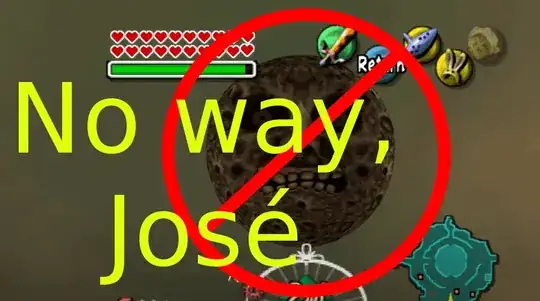I wanted to write the evolutionary history of one of the creatures in my story based on scientific principles. This creature is the size of the moon and can live in space. I initially used the limited knowledge I have about biology.
The animal I chose for evolution originally lived on a planet much larger than Earth, about a hundred times its size, mostly composed of water with organisms resembling those on Earth and double the gravity of Earth.
Initially, it was a small marine creature, relatively small (the size of a sardine), inhabiting the ocean. It formed a symbiotic relationship with a type of algae that produced energy through photosynthesis and consumed the creature's dead skin, sharing the energy for reproduction, survival, and nourishment. "Due to the absence of natural predators and an abundance of food, it began to take on a snake-like form with multiple limbs, growing larger with each generation.
Later, it developed a symbiotic relationship with bacteria that produced oxygen. These bacteria began to inhabit its pores, feeding on the dead algae on its skin, the heat from the Earth, and its own body. They produced the oxygen necessary to support its life. Consequently, the creature continued to grow larger, and the heat generated by its body became the primary source of warmth for the bacteria, independent of the Earth's heat. Finally, this creature became composed of several parts: internal organs, bones, and scales. Above these were the algae and bacteria that lived within its body. On top of them was a membrane with multiple functions, serving to protect both the creature and the organisms within it from the heat generated by its body. The creature passed this heat through specialized channels outside the membrane, preventing it from affecting the algae and bacteria.
Regarding its ability to live in outer space, I considered making it feed on cosmic dust and radiation.
My question :understand that my concept may contain errors, gaps, or missing information. Can you point them out and provide scientific solutions while keeping the general appearance of the creature intact?
